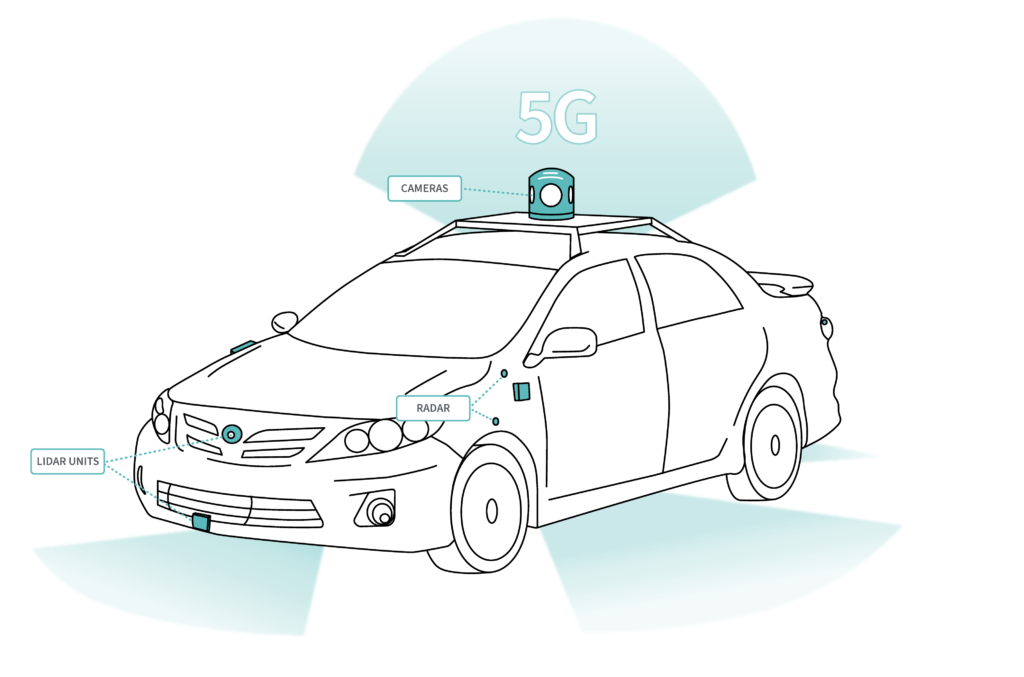25 June, 2020: When we think about 5G, we often think about how much more digital information it will move between people, computers and even between things. But 5G’s impact on movement isn’t limited just to the virtual world—it will play a crucial role in getting our physical goods from point A to point B as a key platform of the enormous logistics and supply chain industry. In fact, 5G-enabled transport and storage sales are projected to total $627 billion in the next decade.
Eva Fogelström, Director of Security at Ericsson Research, explains how Ericsson is unleashing the power of connected logistics with 5G.
Here’s how 5G will benefit the entire supply chain and logistics industries:

The wireless industry is constantly developing new uses for IoT, not only for the individual consumer, but also for society at large. Read more about the Internet of Things and how wireless connectivity makes it all possible.
Creating a window into the entire supply chain
5G will help power an Internet of Things (IoT) ecosystem to allow us to better track goods over their entire journey through their supply chain. IoT sensors let us know real-time information about an item’s condition—critical for temperature-sensitive items like food or complex electronics. And once items are en route, immediate tracking information provided by IoT devices can drastically reduce the days of lost cargo and misplaced items.
Improving efficiency
The benefits of a 5G-enabled IoT don’t just stop at sensors—we can use IoT technologies like robots or automated fulfillment systems to help quickly pull orders together in warehouses. Once an order is packaged, it might even take flight, delivered to you by 5G-connected drones.
Nokia tests a variety of 5G use cases at The Port of Hamburg, a major logistics hub and a touristic attraction.
Reacting in real-time
Because so many devices can connect to a 5G network and take advantage of speeds up to 100x faster than existing 4G networks, entire supply chain ecosystems made up of thousands of devices can operate in sync with each other. This is particularly useful for large logistical hubs like ports, where 5G connectivity can help goods move faster by coordinating everything from the use of large shipping cranes to the stoplights guiding traffic around the facility.
Fitting in every last package
Virtual (VR) and Augmented (AR) reality can help warehouses plan exactly how items will be organized when every square inch is needed for storage. Viewing warehouse layouts and options for stocking different sized items will be a snap using 5G-connected VR and AR devices that help spot organizational flow and design issues before they’re implemented.

5G will allow us to make every vehicle autonomous, transforming transportation. Read more.
Streamlining the drive
Autonomous vehicles (AV) will transform the world of transportation logistics. This 5G-enhanced transportation technology can help mitigate traffic problems, cut down on emissions, and improve safety on our roadways as they communicate with other vehicles on the road and smart city infrastructure.
As goods move around the world more than ever before, 5G is poised to streamline our supply chains and provide reliable logistics information in ways that were unimaginable even a decade ago. It’s just one part of what makes the next generation of wireless a force for economic growth in industries across the board.
Email Newsletters
Sign up to receive TelecomTV's top news and videos, plus exclusive subscriber-only content direct to your inbox.



